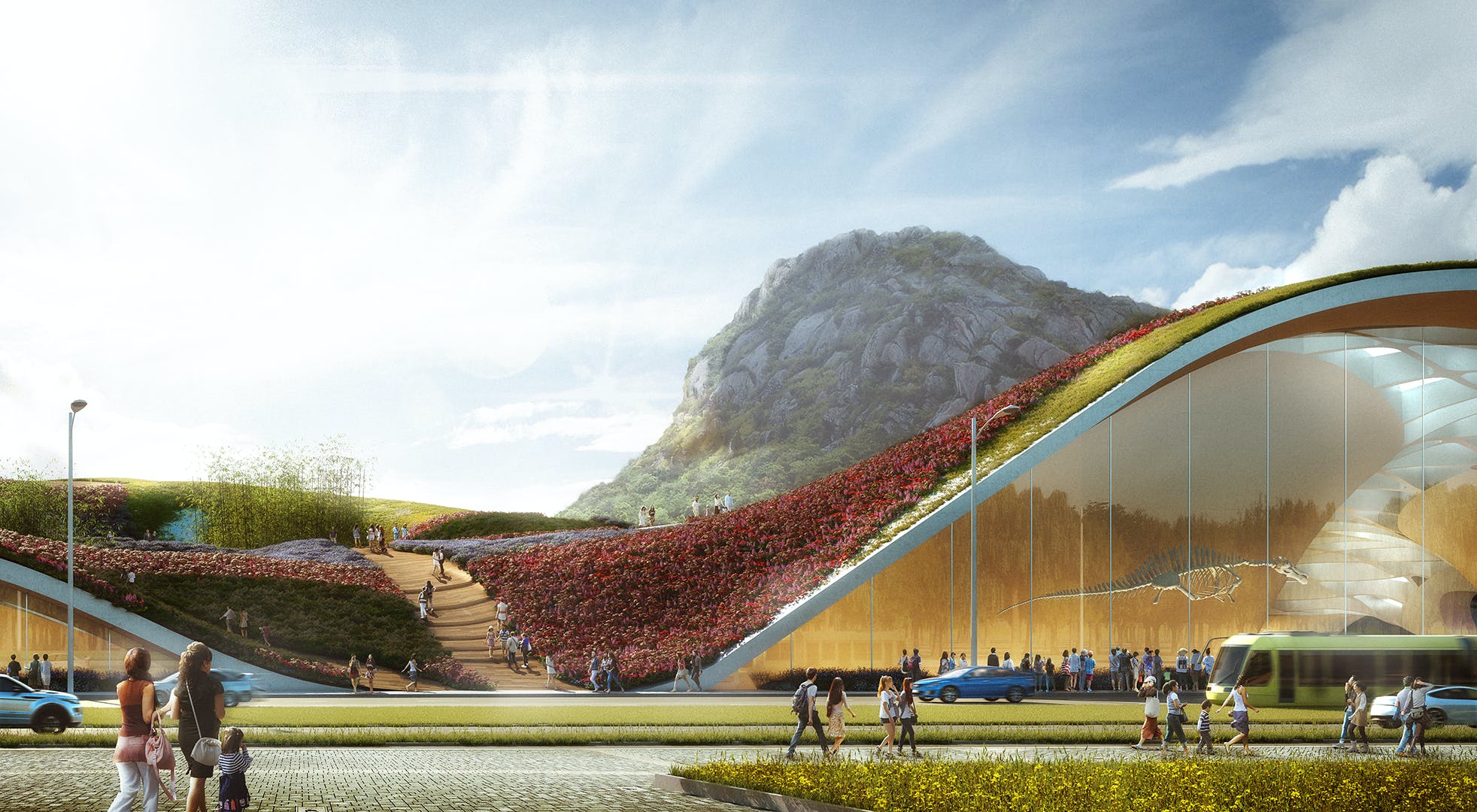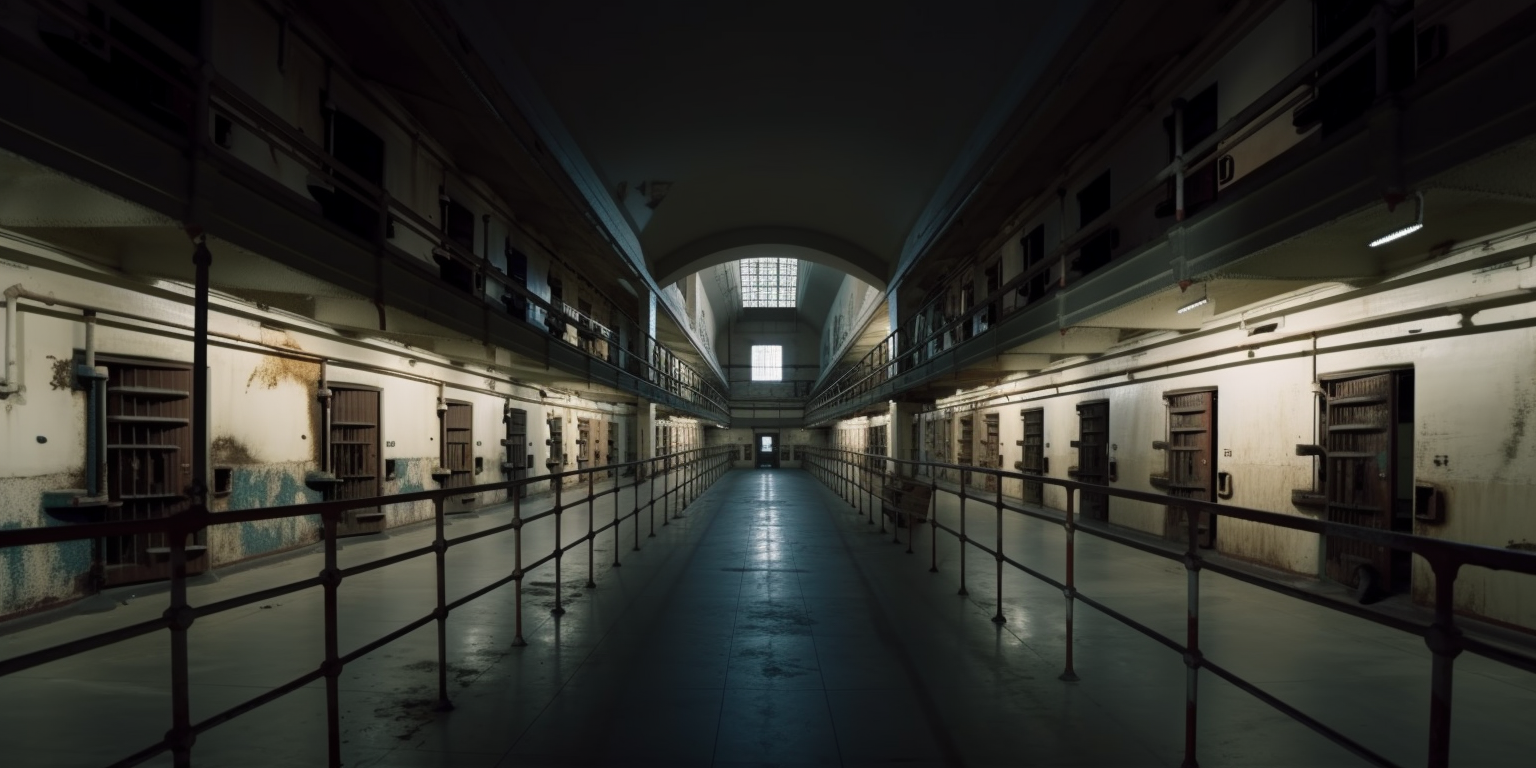Got a project that’s too bold to build? Submit your conceptual works, images and ideas for global recognition and print publication in the 2025 Vision Awards, launching this spring! Stay updated by clicking here.
Storytelling shapes and reshapes the worlds we design. These narratives take the form of drawings, renderings and animations and more — each a form of visualization and architecture in their own right. Trained as an architect, Keely Colcleugh is a renowned designer with experience across graphic design, film, and visualization. She has worked with leading architecture practices, including Rem Koolhaus (OMA), Bruce Mau Design, SOM and Ateliers Jean Nouvel. Keely has also worked as a previsualization and visual effects artist for feature films.
In 2009, Keely founded Kilograph with a desire to combine leading-edge visualization techniques with animation, interactive design, graphics and branding. In the following interview, Keely explains how creative technologies are shaping visualization, how the coronavirus pandemic could shape the ways we collaborate, and the designers, artists and work she finds inspiring today.
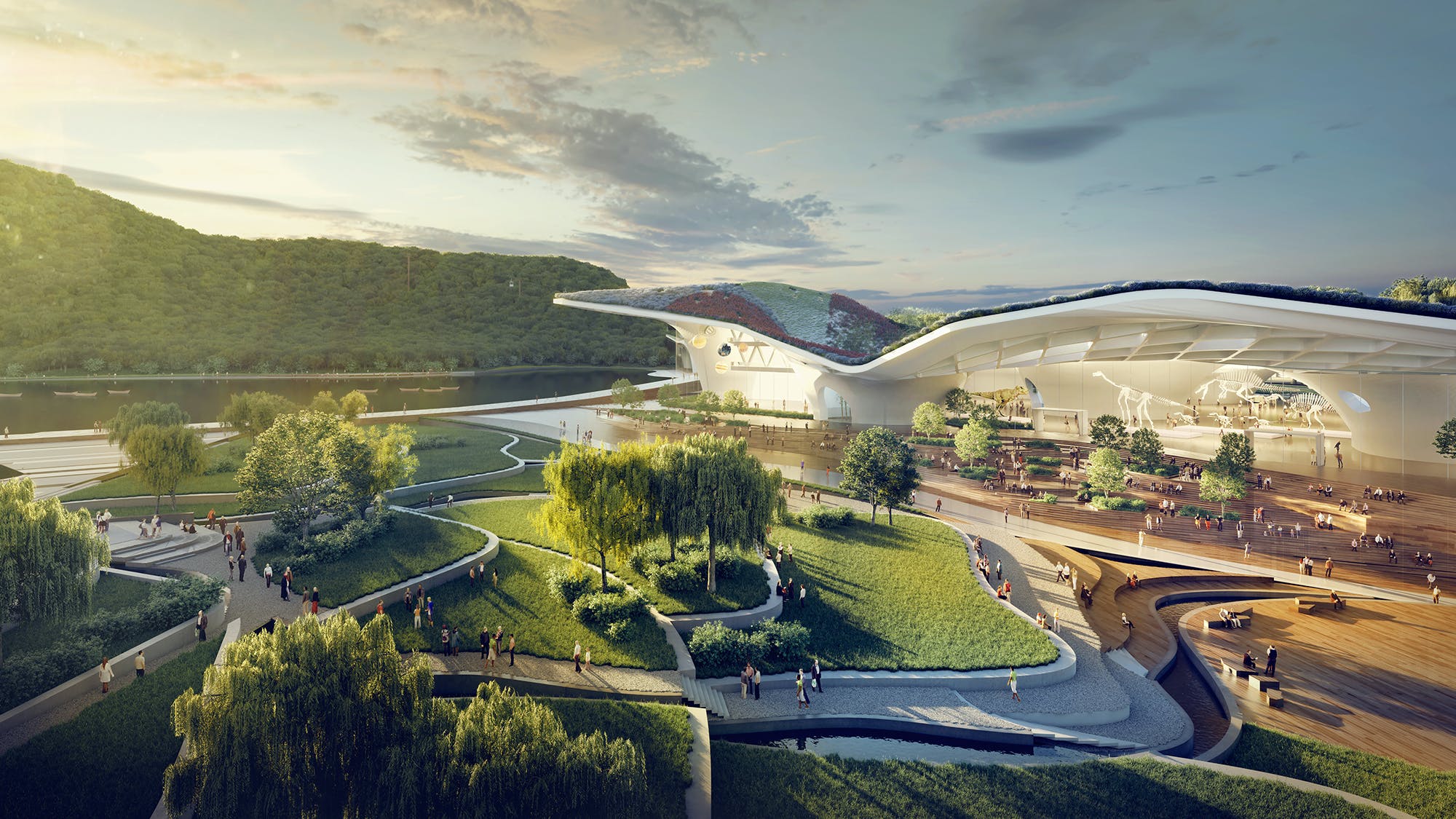
Center for Science and Technology in Suzhou

Keely Colcleugh
Why were you interested in studying architecture?
My father wanted to be an architect; he introduced me to the profession at a very early age. It instantly appealed to me. I don’t remember ever wanting to be anything else.
How did you start Kilograph?
Organic growth. I started with a couple of architect clients over 11 years ago, and it grew from there.
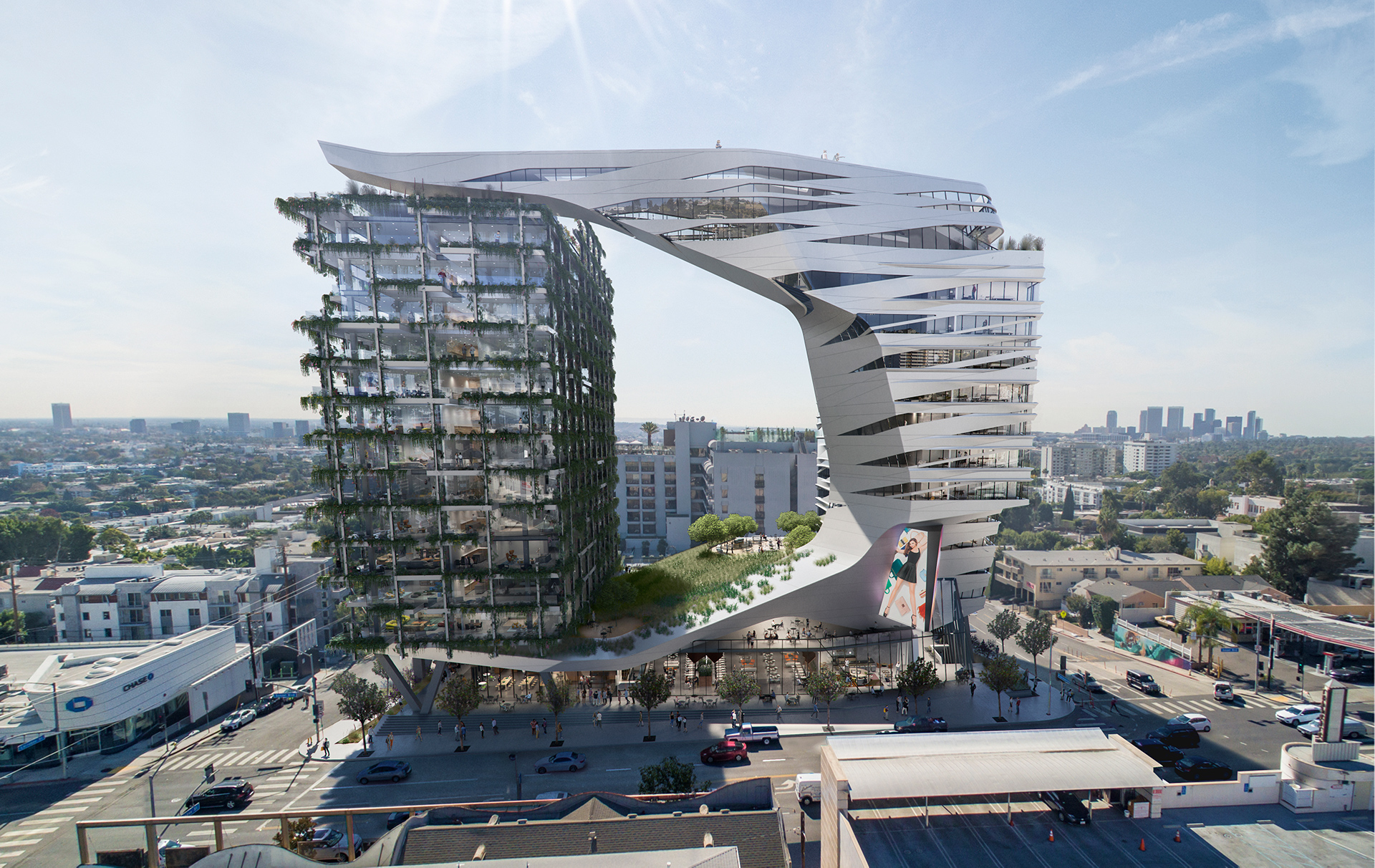
8850 Sunset Boulevard
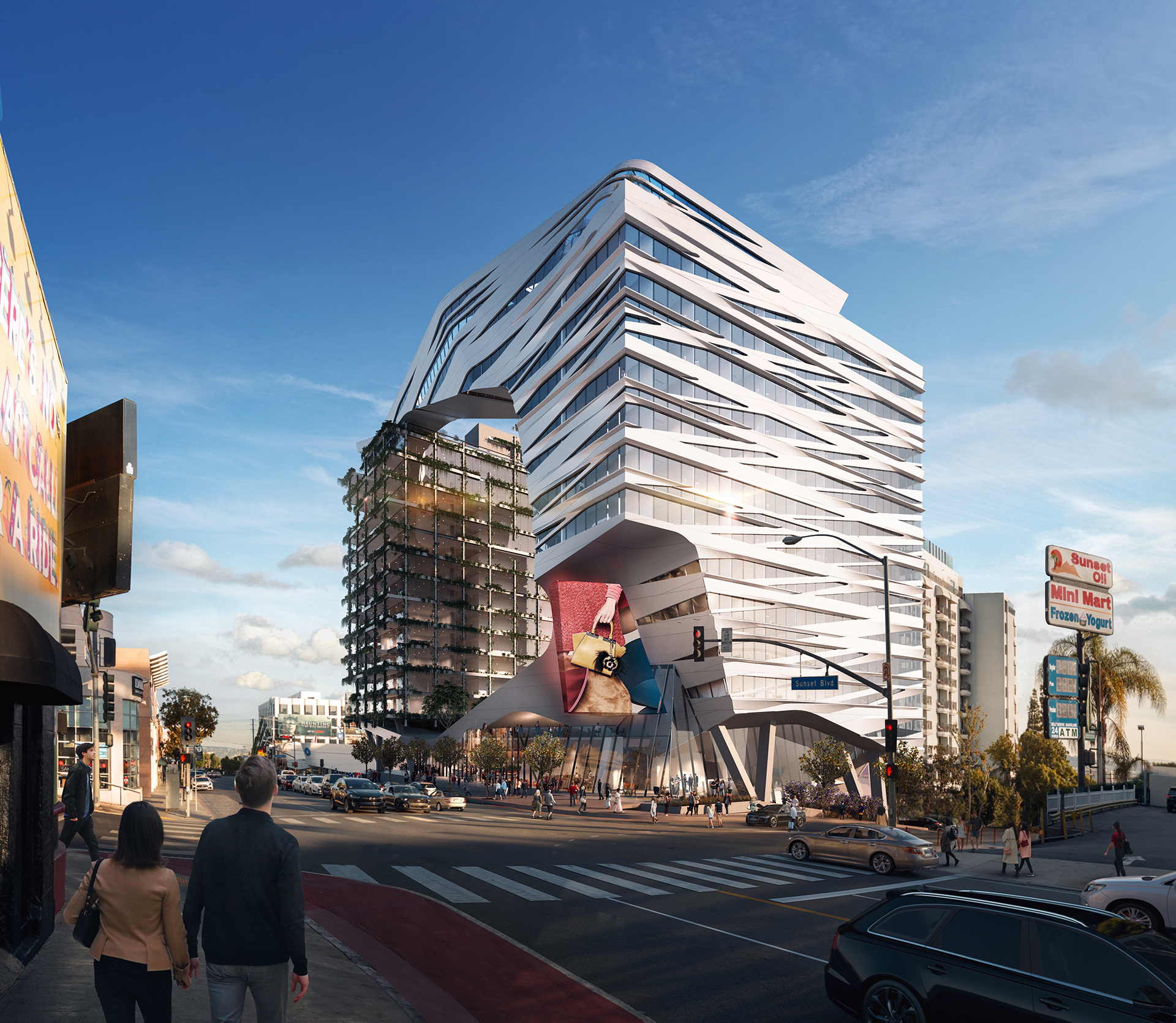
8850 Sunset Boulevard
Architizer has been exploring the possibilities of rendering, including through the One Rendering Challenge, which you judged. Can you tell us what rendering means to your office, as well as how your thinking has evolved?
Rendering is a technical term in our office. We tend to refer to static images of architecture and landscape as illustrations. We do stereographs or “living stills,” 360-degree panoramic views, and animations. These all involve the act of rendering. It is increasingly important to emphasize the craft aspect of creating an image. We feel the word “rendering” has overly automated and technical implications.
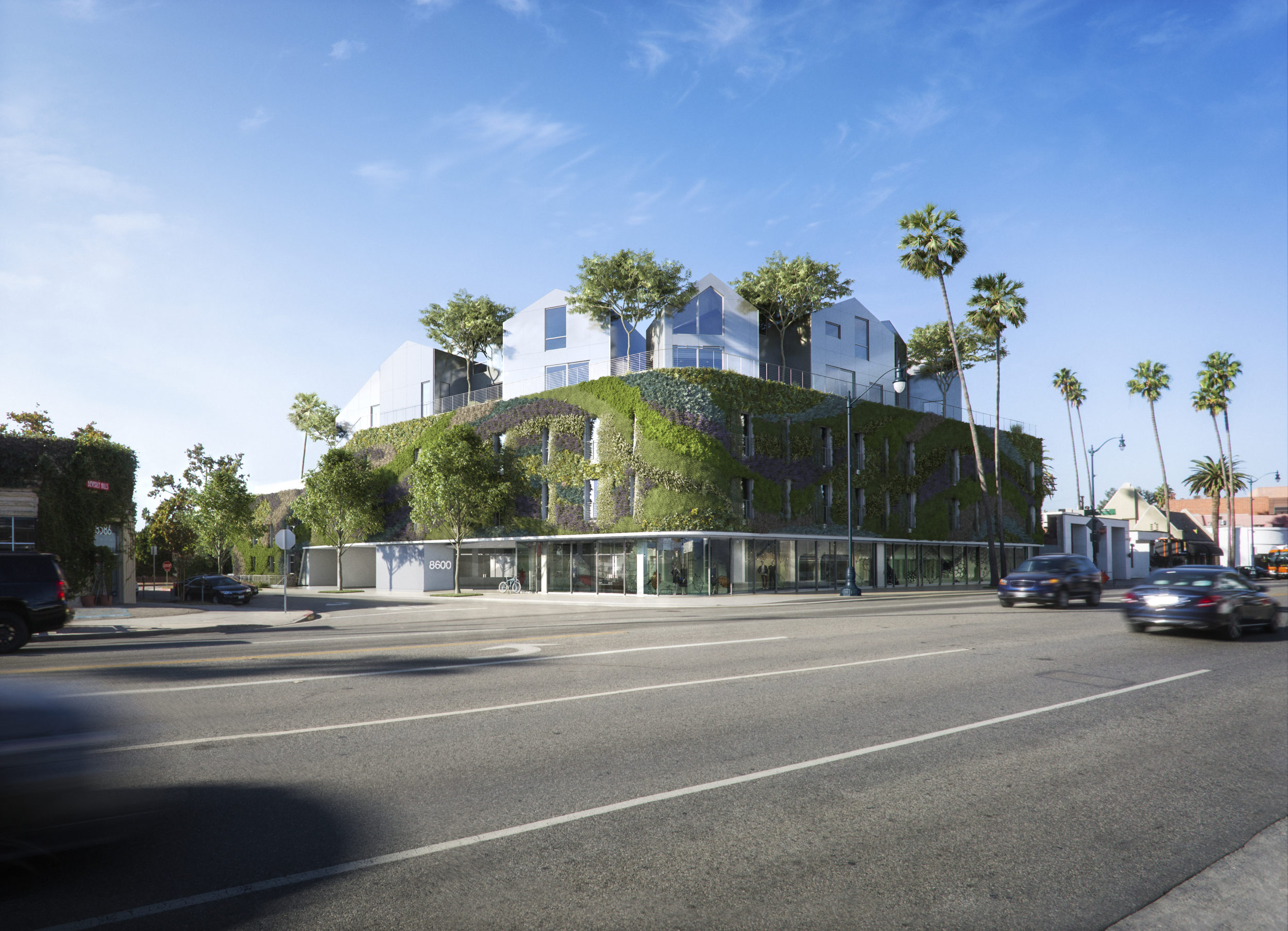
The Gardenhouse
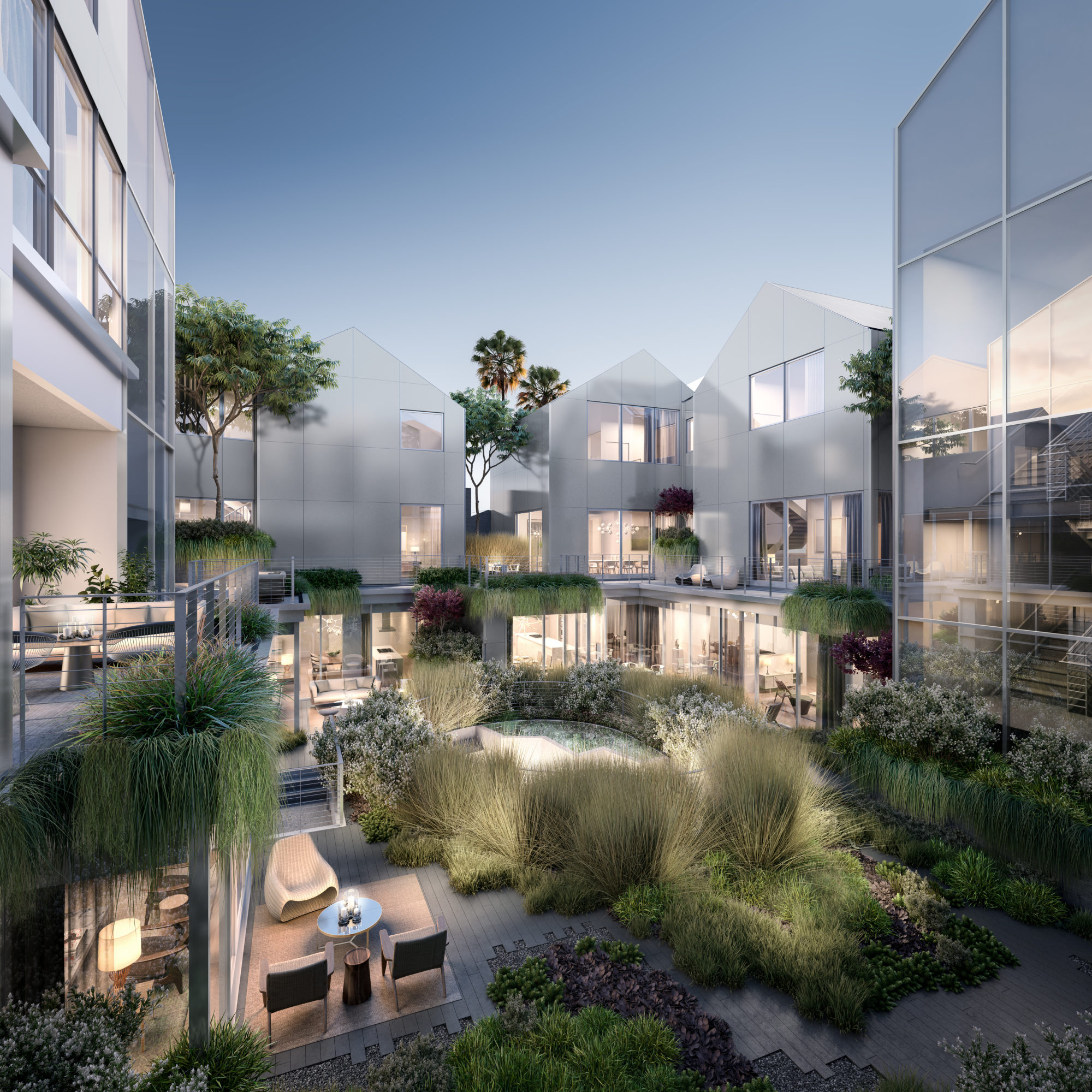
The Gardenhouse
Are there other artists and designers working in visualization that you find inspiring?
So many…too many to name here! Every month there seems to be more and more phenomenally creative work coming out from all over the world. Groups like Women in Architectural Visualization keep me inspired.

Climate Cents

Climate Cents
Kilograph is a creative agency and a possibilities company; are there any types of projects or visualizations that you’d like to work on but haven’t had the opportunity yet? Or ones you’d simply like to explore more?
We are aiming to do more in the creative technologies area as well as in environmental graphics. We were beginning to do these kinds of physical installations pre-pandemic, lots of signage as well. We are slowly seeing signage come back. It is exciting to imagine that an illustration or a graphic installation could help ease a transition back to public space. On the other side, with increased time in front of a screen, many more people are comfortable with web-based experiences. This offers so much potential for storytelling in place-making in the digital realm beyond a straightforward template website or linear video.
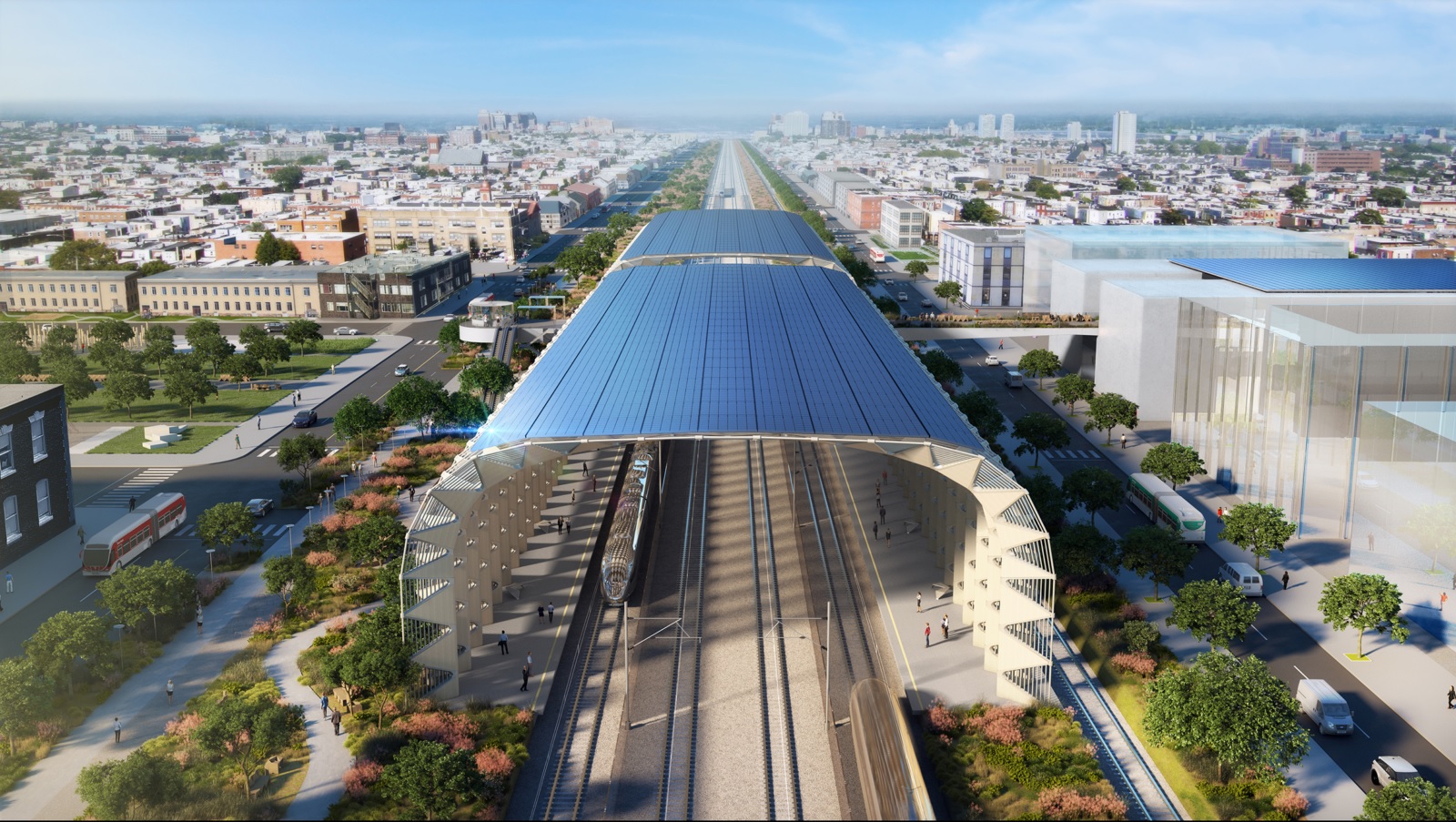
California High Speed Rail
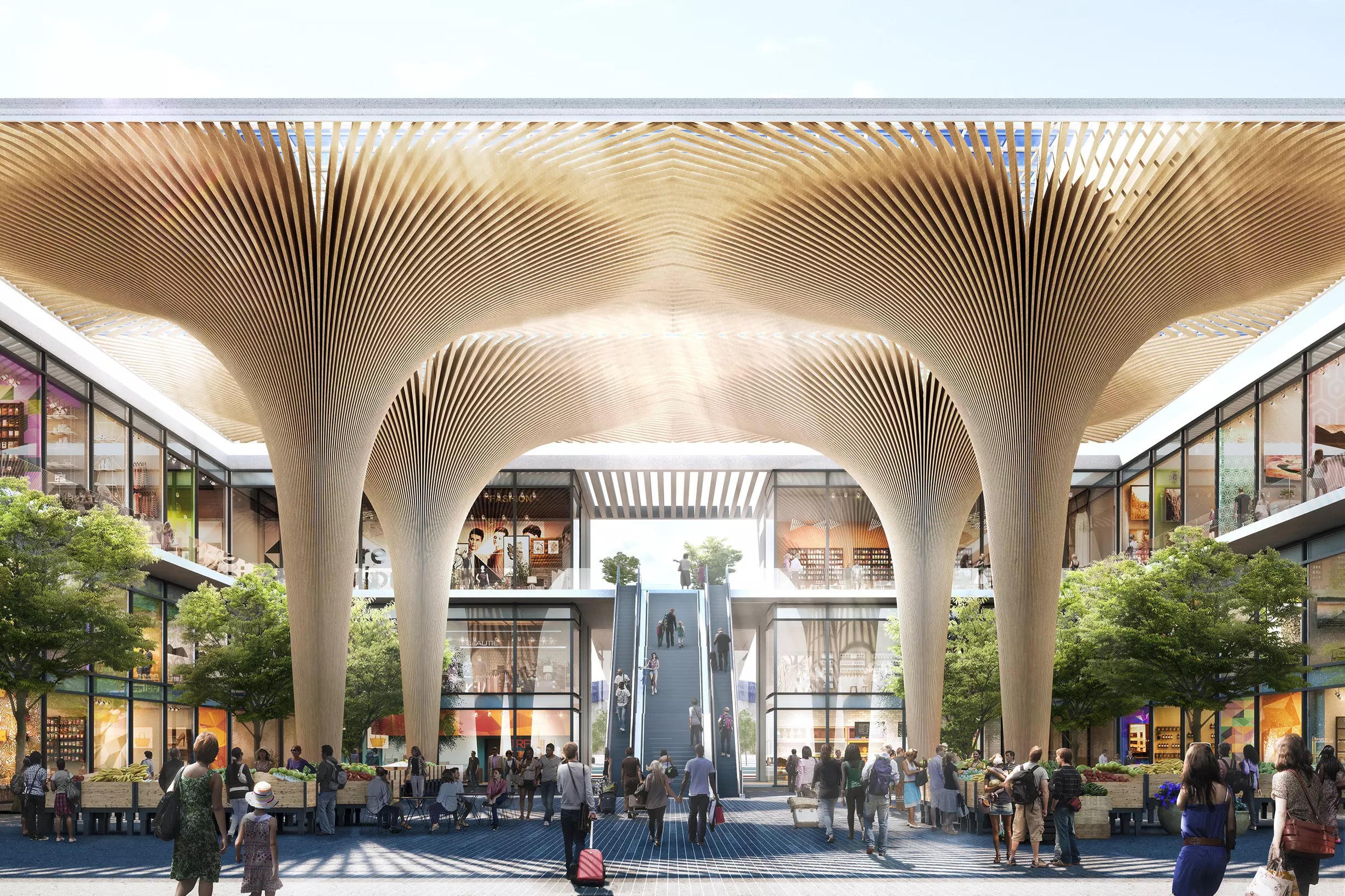
California High Speed Rail
The pandemic has reshaped the way architects and designers collaborate and utilize technologies. How do you think it will change how we visualize ideas in the future?
I think remote work and remote collaboration, in some form, are here to stay. It gives workers more autonomy over their time and allows us to focus a bit more on other aspects of life. I think this is incredibly important. That said, I have not yet seen an effective stand-in for a great in-person brainstorming and design session in the digital space. Zoom is ok but fatigues, and over time people lose interest. Tools like Miro are also ok, but we are constrained to a screen. It is strange to be thinking and designing in three dimensions but to be constrained to a small screen in front of you. I don’t believe this type of isolation can be a good thing for Architecture and Design collaboration going forward. We need to be back together for some things.
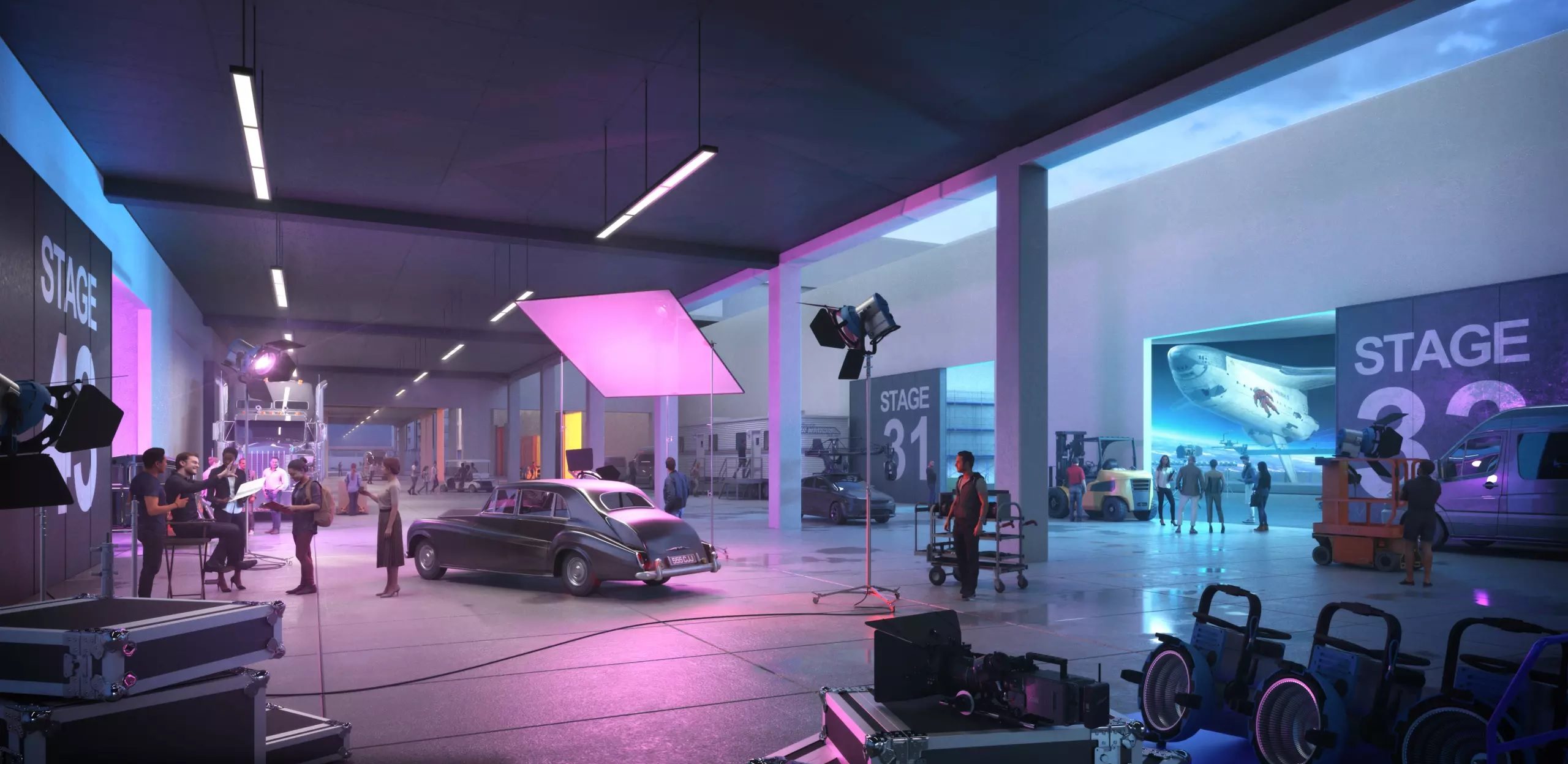
Television City

Climate Cents
What do you think the future holds for visualization?
The market is exploding. We need to break down the definition of visualization as it is so all-encompassing. The more companies can focus on their unique interests within this broad field, the stronger their offerings will be.
Got a project that’s too bold to build? Submit your conceptual works, images and ideas for global recognition and print publication in the 2025 Vision Awards, launching this spring! Stay updated by clicking here.
Images Courtesy Kilograph
